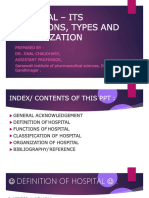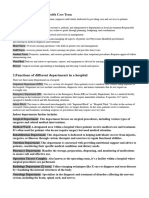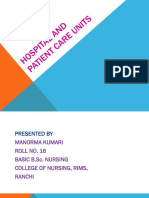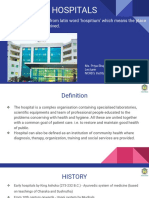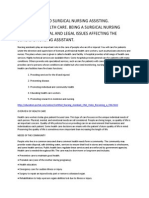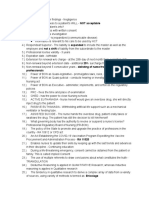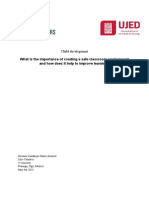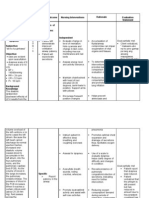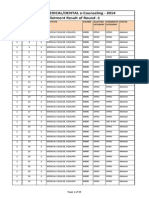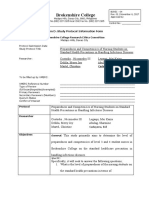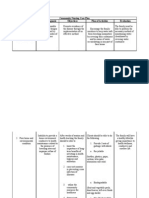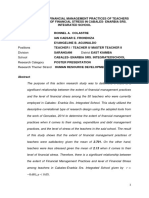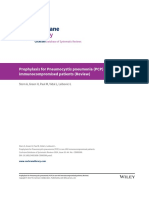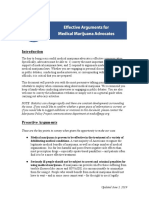0% found this document useful (0 votes)
99 views4 pagesHospital and Healthcare Overview
The document discusses key aspects of a hospital and healthcare quality assurance. It includes:
1. A hospital is a facility for treating sick, injured, or dying patients, staffed by doctors and nurses.
2. Healthcare quality assurance aims to maintain high quality care by constantly measuring effectiveness of provider organizations. Two nonprofit groups dominate this field in the US.
3. National accreditation provides benefits like stimulating continuous hospital improvement, demonstrating commitment to quality, and improving staff development and patient satisfaction. It also aids insurance empanelment.
Uploaded by
RAMA CHANDRANCopyright
© © All Rights Reserved
We take content rights seriously. If you suspect this is your content, claim it here.
Available Formats
Download as DOCX, PDF, TXT or read online on Scribd
0% found this document useful (0 votes)
99 views4 pagesHospital and Healthcare Overview
The document discusses key aspects of a hospital and healthcare quality assurance. It includes:
1. A hospital is a facility for treating sick, injured, or dying patients, staffed by doctors and nurses.
2. Healthcare quality assurance aims to maintain high quality care by constantly measuring effectiveness of provider organizations. Two nonprofit groups dominate this field in the US.
3. National accreditation provides benefits like stimulating continuous hospital improvement, demonstrating commitment to quality, and improving staff development and patient satisfaction. It also aids insurance empanelment.
Uploaded by
RAMA CHANDRANCopyright
© © All Rights Reserved
We take content rights seriously. If you suspect this is your content, claim it here.
Available Formats
Download as DOCX, PDF, TXT or read online on Scribd
/ 4


